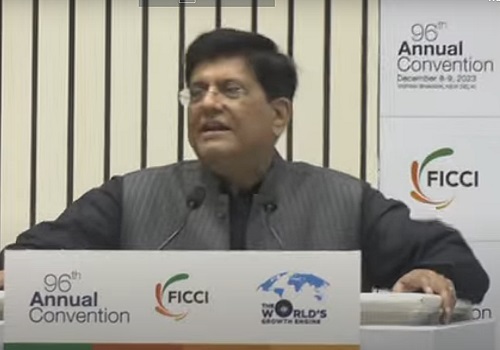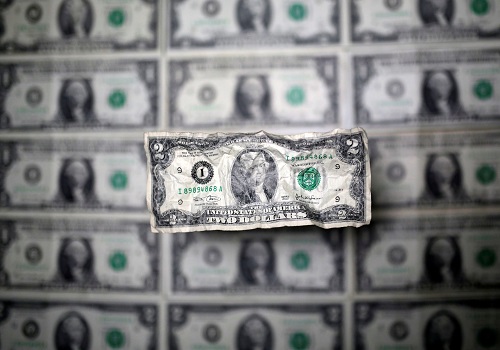Oil prices rise as Congress approves US debt ceiling bill

Oil prices rose on Friday amid bullish sentiment following the passage of a U.S. debt ceiling bill in Washington, while markets weighed the likelihood of price-supportive OPEC+ production cuts over the weekend.
Brent crude futures rose 34 cents, or 0.46% to $74.62 a barrel by 0302 GMT, while U.S. West Texas Intermediate crude (WTI) rose 30 cents, or 0.43%, to $70.40, following two consecutive days of losses.
Markets were reassured by Congress' passage of a bill suspending the U.S. government's $31.4 billion debt ceiling, as well as by earlier signals of a potential pause in rate hikes by the Federal Reserve.
The bill was approved by the Senate on Thursday night U.S. time, staving off a calamitous sovereign default that would have rocked global financial markets.
Market sentiment was also buoyed by Thursday's U.S. crude stock data from the Energy Information Administration, which indicated that crude imports had jumped last week.
Investor attention is now fixed on the June 4 meeting of the Organization of the Petroleum Exporting Countries and allies including Russia, collectively called OPEC+.
Ministers from key oil producing countries will decide whether to further trim output to support government revenues.
Further reductions in OPEC+ output following their surprise cut of 1.16 million barrels per day in April would be bullish for crude prices.
Signals on any such cut have been varied, with Reuters reporting and analysts from banks including HSBC and Goldman Sachs indicating that further outputs cuts are unlikely and that the bloc would adopt a "wait and see" approach.
Other market observers have pointed to weak manufacturing data out of China and the U.S. as making OPEC+ cuts more likely.
"Oil prices are stabilizing after a round of disappointing global manufacturing data supported the case for OPEC+ to deliver another production cut," said Edward Moya, a senior market analyst at OANDA.
In the U.S., Institute for Supply Management (ISM) said on Thursday that its manufacturing PMI fell to 46.9 last month from 47.1 in April, the seventh-straight month that the PMI stayed below the 50 threshold, indicating a contraction in manufacturing activity in the world's largest oil consumer.
Manufacturing data out of China painted a mixed picture, with Thursday's better-than-expected Caixin/S&P Global China manufacturing PMI contrasting with the previous day's official government data that reported factory activity in May had contracted to the lowest level in five months.
However, traders are "thinking that Russia might not necessarily stick to a hard stance on output cuts, especially since they are struggling to commit to their quotes,"Moya added.
























